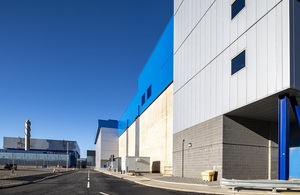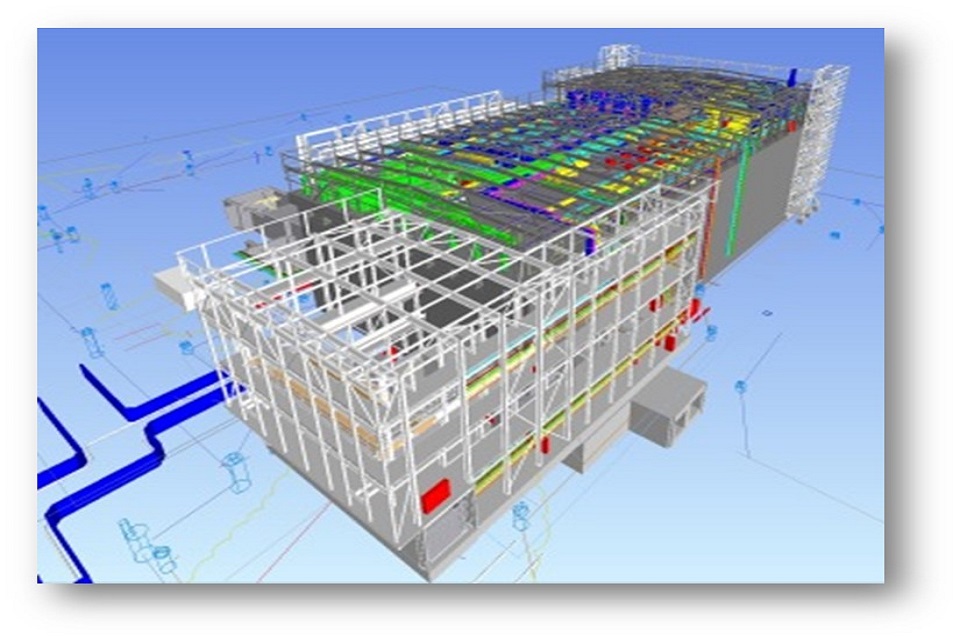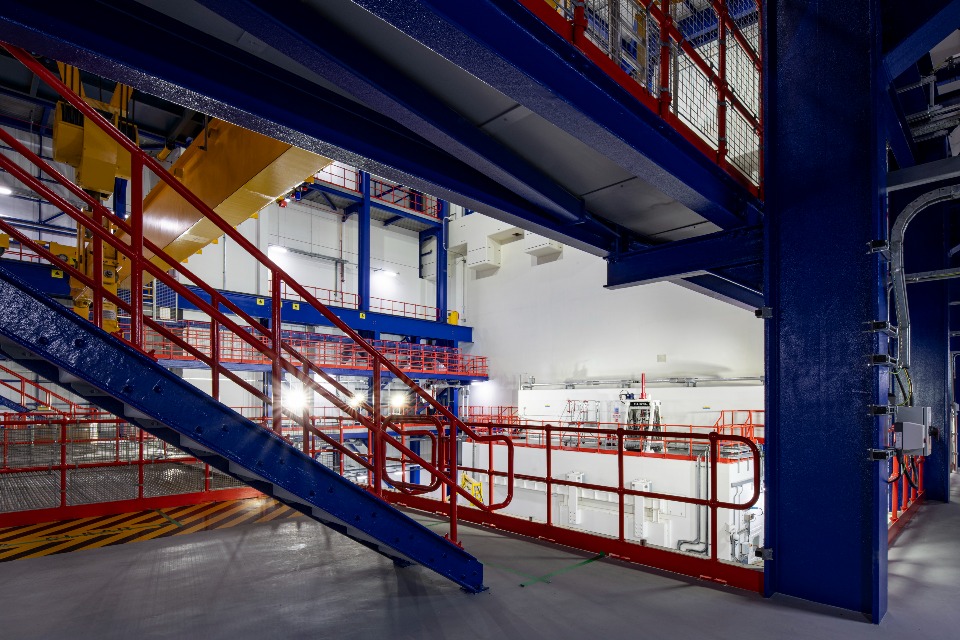What is the Box Encapsulation Plant Product Store and Direct Import Facility?
It’s a key building on the Sellafield site that will store waste from one of our highest hazard legacy waste silos.

BEPPS DIF
The challenge
One of our biggest challenges at Sellafield is the need to take waste out of our legacy ponds, silos and other facilities that supported the reprocessing missions on the Sellafield site.
These buildings are our most hazardous nuclear facilities at Sellafield and were not designed with decommissioning in mind.
We know that removing nuclear waste from one of our silos, the Pile Fuel Cladding Silo (PFCS) is one of our biggest challenges at Sellafield.
The Pile Fuel Cladding Silo was commissioned in 1952 to safely store radioactive cladding – pieces of metal tubes used for uranium fuel rods in some of the UK’s earliest nuclear reactors including the Windscale Piles and Calder Hall.
The silo is 21 metres high and divided into 6 individual compartments and holds over 3200 cubic metres of intermediate-level waste.

The Pile Fuel Cladding Silo
The silo wasn’t designed to be emptied, but equipment has now been installed to enable the safe removal of the wastes so the facility can be decommissioned.
So, we needed a facility on the Sellafield site where we could safely store intermediate level waste until a final long term storage solution is agreed.
The solution
The solution was to re-purpose and enhance the existing Box Encapsulation Plant and the Box Encapsulation Plant Product Store buildings on the Sellafield site – the Direct Import Facility was added in order to receive waste retrieved from PFCS.
The Box Encapsulation Plant and the Box Encapsulation Plant Product Store was originally designed to support retrievals from the Magnox Swarf Storage Silo (MSSS), the First Generation Magnox Storage Pond (FGMSP) and the Pile Fuel Cladding Silo (PFCS).
The new Box Encapsulation Plant Product Store – Direct Import Facility (BEPPS DIF), will provide safe and secure storage for up to 100 years, and will initially receive Intermediate Level Waste in 3 metre cubed steel boxes from PFCS on the Sellafield site.

Drawing of BEPPS DIF

Inside BEPPS DIF
The facility was built on repurposed land to the east of the Sellafield site and was nearing completion in 2002. The project was halted due to changing waste strategies and restarted in 2012 and has taken a further 11 years to complete the build, with active operations starting in 2023.
There are 2 routes into this storage facility - one directly from the Box Encapsulation Plant (BEP) and the other by road directly into the Direct Import Facility (DIF).
Waste will be transferred into DIF directly from donor plants via road.
The facility will also take waste from higher level waste donor plants after being processed in BEP once available.
| Benefits | Supporting retrievals from the Pile Fuel Cladding Silo |
| Status | Active operations due 2023 |
| Collaboration | Delivery Team - Jacobs Field Solutions and Nexus |
Timeline
-
construction - Box Encapsulation Plant (BEP) and Box Encapsulation Plant Product Storage 1 (BEPPS 1) started in 1997
-
project was halted in 2002 due to a strategy business change and placed in care and maintenance
-
BEP and BEPPS 1 projects separated in 2012 due to changes in project scope.
-
BEPPS/DIF project was reinitiated in 2012
-
first dry run – inactive transport package - storage box transferred from road to its long term storage vault – Feb 2022
-
BEPPS/DIF delivery completed in 2023 (operational)
-
current date for real waste to start coming through the facility is December 2023
Functionally capability
-
storage of 6,681 waste containers to be received at a rate of 9 waste containers per 24 hour period
-
export of waste from BEP via operations tunnel to BEPPS vaults
-
operational period: 24/7, 365 days of the year
-
packages to be stored in the facility for up to 100 years from the start of active commissioning
-
original aim was to take waste from the Box Encapsulation Plant (BEP) and store that into BEPPS
Facts
-
total vault capacity : 6,681 waste containers
-
weight of a waste canister: Empty = 1.5 tonne, Full = 5 tonne approx.
-
vault dimensions (m x m x m)= 84.1 metres long x 21.7 metres wide x 17.3 metres high
-
vault volume = 31,572 m3
-
wall thickness between vault 1 and 2 = 1 metre